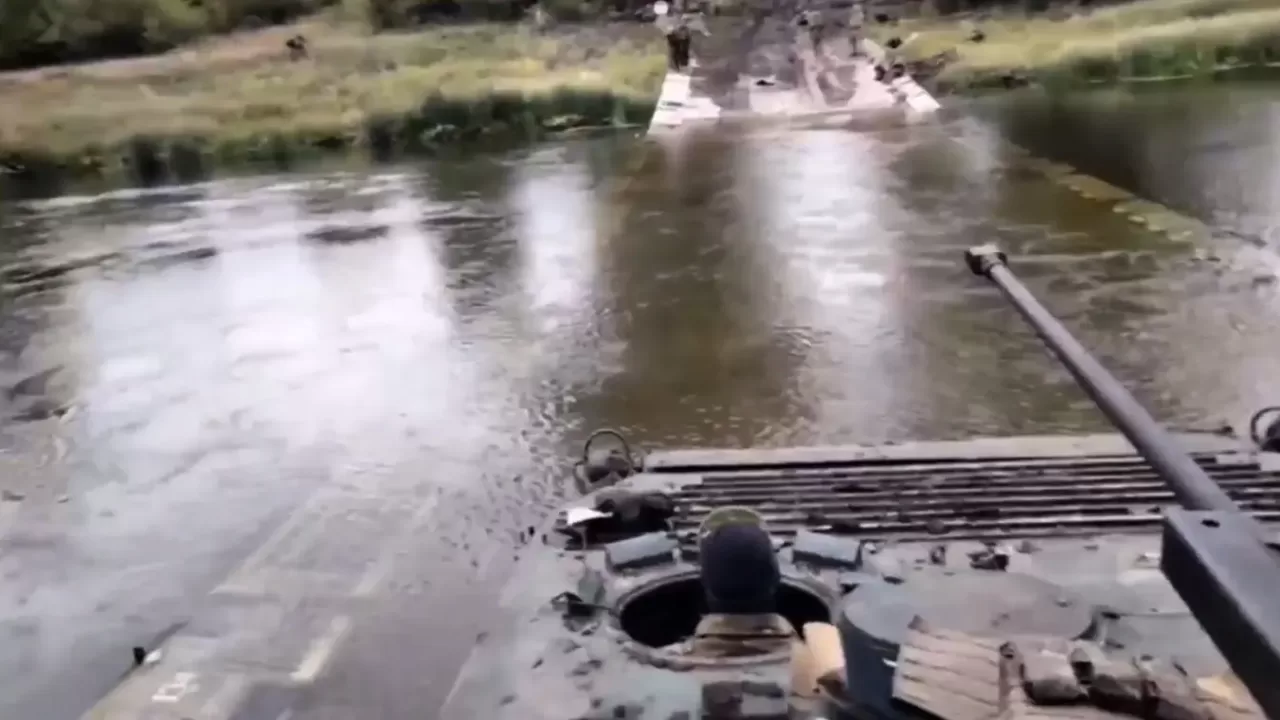On May 1, the Russians significantly increased their activity in the Kharkiv direction. Over the past day, eight combat clashes were recorded, which is quite a lot for this section of the front. Fighting also took place in the areas of Lyptsi, Vovchansk, and Dvorichna, where the Russians continue to transfer their infantry groups across the Oskil River.
This was reported by Pavlo Shamshin, spokesman for the Kharkiv operational-tactical group of forces, on the TV channel We Ukraine.
“In Vovchansk, which has virtually ceased to exist and turned into ruins, the Russians are traditionally extremely active. If the enemy is using anything, it is mainly underground communications and basements, where it continues to build up its forces to continue active assault operations. But it must be understood that in Vovchansk itself, the front line now runs along the Vovcha River,” the military officer said.
Back in early March, the Russians tried to force their way across the Vovcha, crossing the ice, but they were all detected and destroyed.
The enemy also continues its activity in the Dvorichna area, where its main goal is to hold and expand its bridgehead on the right bank of the Oskil River in order to threaten the city of Kupiansk from the north. On May 1, the occupiers were extremely active on the right bank in the areas of Topoli, Kamianka, and Novoselivka.
“We understand their intentions. We believe that the Russians will not abandon their plans to build pontoon bridges across the Oskil River, because without proper logistical support, continuing combat operations on the right bank is an extremely difficult task. And they understand this. To pose a real threat to Kupiansk from the north, they need reliable crossings over the Oskil,” Shamshin explained.
The Russians have repeatedly attempted to build crossings, but they have been destroyed every time. However, the Russians will not abandon their plans to transfer infantry groups to the right bank of the Oskil and threaten Kupiansk from the north.
“I think this will be a trap for them. They have created a bridgehead there, but in order to maintain their activity, they need to constantly transfer infantry groups there, which we are successfully destroying,” said the spokesman for the Kharkiv Operational-Tactical Group.
According to the military, in April, the Russians suffered significant losses in the Kharkiv direction: the Russian army lost 2,000 personnel here. Of these, 900 are irretrievable losses, and the rest are wounded. Twelve occupiers were also taken prisoner. The occupiers also lost more than 2,400 units of weapons and military equipment. These are mainly drones, including Shahed drones.
